THE CURE FOR A BAD PARTY – Author CHLOÉ GRIFFIN on Underground Icon COOKIE MUELLER
COOKIE MUELLER was an actress, writer, art critic, alchemist, and muse to Nan Goldin, to name a few of her professions. In one of her first on-screen roles, in John Waters’ 1972 film Pink Flamingos, she notoriously crushed a live chicken on screen during a sex scene. Mueller would continue to work as one of Waters’ permanent troupe of actors until 1981, in the meantime developing her diaristic writing style and travelling between Baltimore, Provincetown, New York, and Positano, Italy. Mueller, along with many of her friends and colleagues, passed away of AIDS-related causes on November 10, 1989, leaving behind a body of work that has since built up a cult status in spite of its obscurity. 032c sat down with Chloé Griffin, the author of Edgewise: A Picture of Cookie Mueller, a new volume of interviews conducted over a period of eight years. The book weaves together stories from Mueller’s life told through the people who knew her, revealing intimate and often conflicting portraits of the artist.
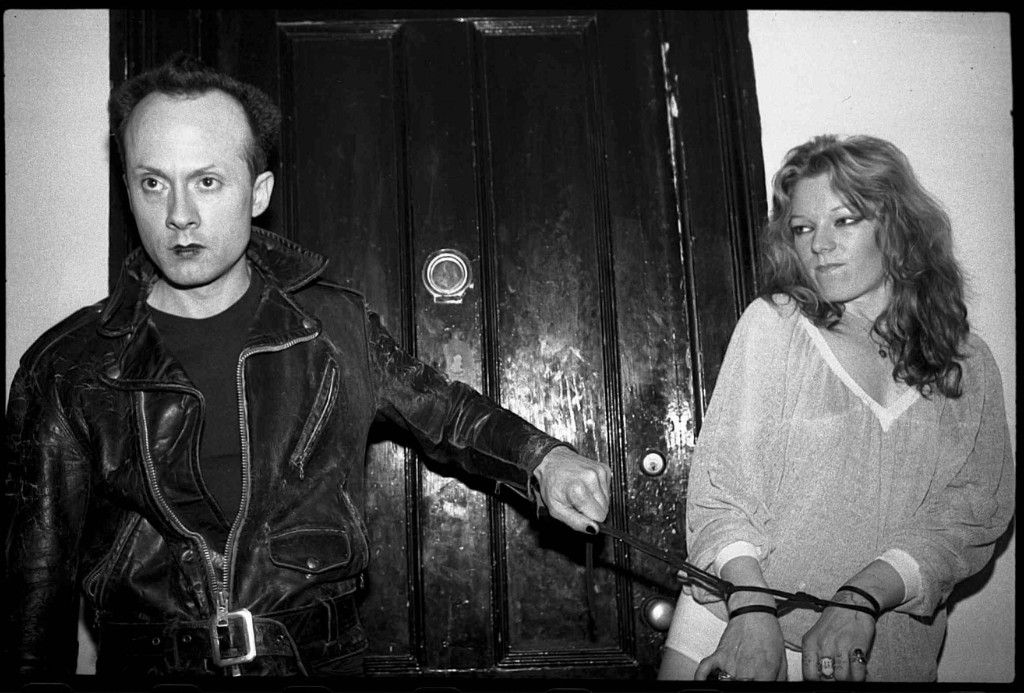
DARRYL NATALE: How did the process of writing this book begin? What was your relationship to Cookie?
CHLOÉ GRIFFIN: Female Trouble was the first time I saw Cookie. Those films became a kind of obsession for my circle of friends. We would imagine ourselves playing the characters and of course the style was very influential.
The book started after I read her collection of short stories, Walking Through Clear Water in a Pool Painted Black. There was something about her language that was so immediate. It felt like I was meeting her, as if she were an older sister or a kindred spirit. She had a very adventurous soul and would find herself in these crazy situations and turn them into crackpot humor philosophy. That book awoke my imagination and I wanted to find out more about these stories. At that point I didn’t really know where to look, because there was practically nothing online about her. There were two old websites from the 90s but they hadn’t been updated in years.
Eventually, I heard about Sharon Niesp, her former partner. I didn’t know much about her but I got her on the phone, and when I met her, it was an immediate connection. The fact that I happened to meet her right at the beginning was the glue for the project. She introduced me to Cookie’s son, Max, and we recognised a familiarity in each other and a friendship started right away. But I didn’t start off with a specific plan.
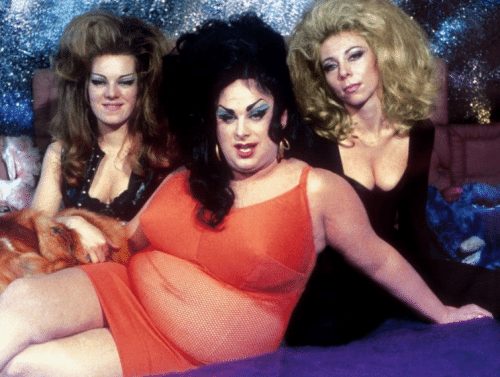
So what was your intent when you first contacted Sharon?
I was going to be in New York and I just thought it might be interesting to speak with her. I didn’t know what it would turn out to be at that point. I thought it might be a film. I think I told John Waters that I was thinking of making a zine. So you can see at that point I really had no idea.
I was just curious to see what would happen. It was a very naive and innocent way of jumping into it. That sense of unknowing pushes you to go further. There’s a freedom in not deciding what it’s going to be and where you want to publish.
Was Sharon not used to receiving media requests about Cookie?
Sharon’s immediate response on the phone was “Go speak to John Waters.” I tried to explain to her that that wasn’t what I was after. I never imagined I could reach those sorts of people, nor did I have an interest in making it about that level of celebrity. I just really wanted to have a casual conversation about Cookie. I eventually did end up interviewing John for the book and he’s been like the godfather of the project, always the silent supporter.
There was another person who was working on a project about Cookie around the same time. I hadn’t heard about the project at that point, but he was amassing all these Cookie-related tidbits and creating an alphabetical encyclopedia of her life. I saw it years later and it was this dense, 500 page book of listings. It was filled with objective factoids that he hadn’t spoken to people about, which made a few people unhappy. What was interesting about his process was that it was the opposite of mine. He did all his research through libraries or online and spoke to very few people. He didn’t even speak with Max or Sharon.
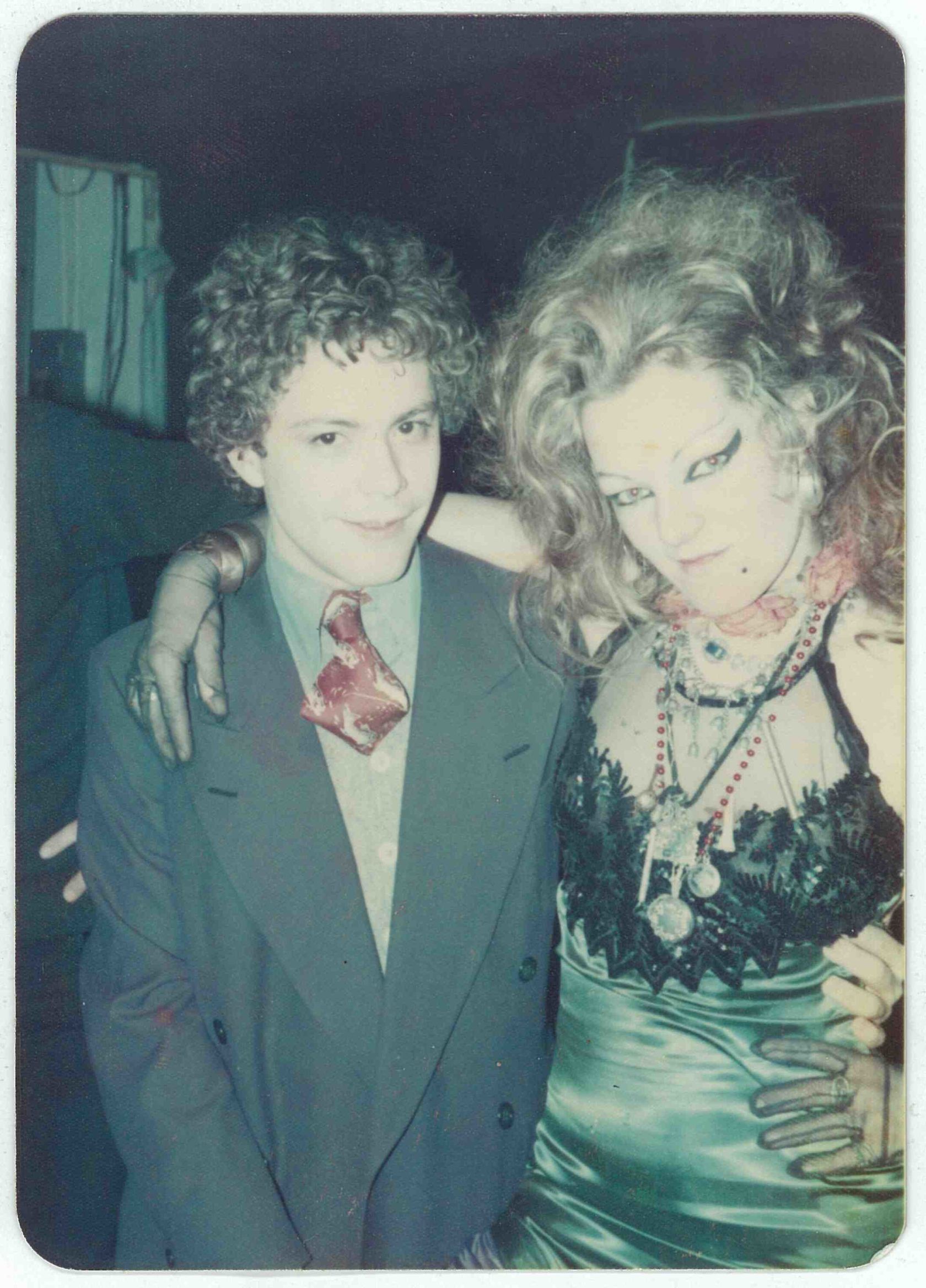
Your book left in the discrepancies between the subjects’ memories of Cookie. It’s taken from a much less biographical point of view, so it reads like a bunch of people in a room telling stories, some of which often contradict the others.
It was very important to me when I was transcribing that I really got the intonations of how people spoke and shared their stories. Sharon repeats herself sometimes, for instance. I had to cut out some of it, but she would go into all the characters of the people she was describing. There was so much life in the telling of the story that I wanted to keep it as close to the way she had said it.
Contradictions are true to the nature of memory. They are testimony to the fact that people have different perspectives and different shifting truths.
How much tape did you have in the end?
I never counted in total, but, for example, there is something like 25-30 cassettes from Sharon alone. When I started I was just using a cassette recorder, which was ridiculous. It took me around two years working through the transcriptions of all the material, and the whole process took eight years before it went to print.
Why hasn’t Cookie’s work been as widely acknowledged as some of her contemporaries?
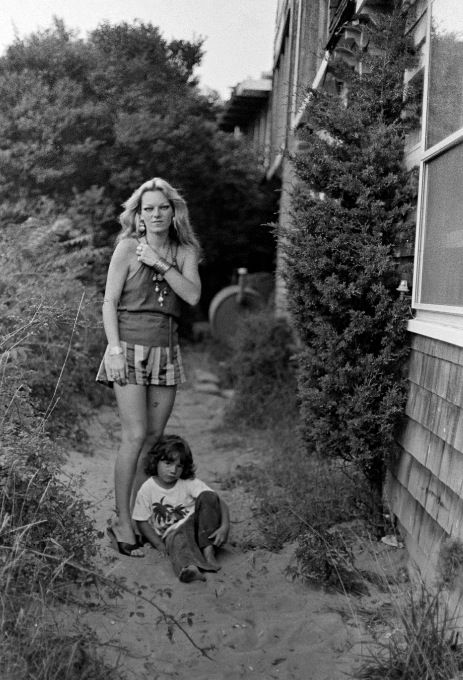
To tell you the truth, I don’t know. I think there was a duality in Cookie’s persona, one side embraced a kind of mysteriousness or hidden nature, but then the other side wanted a lot of attention.
Also, Cookie’s ‘work’ was completely embedded in the way she led her life – it was all part of the exercise or process of her life. Eventually she found a way of writing down these life stories. She found such a clear language, which makes her writing feel so genuine and honest.
And she’s certainly not forgotten by people who have come into contact with her writing, but it just didn’t have a lot of time to flourish. She died from AIDS when she was 40, just as she was beginning to get her stride as a writer.
There’s a Fran Lebowitz quote where she points out how AIDS didn’t just result in the loss of the artists, but also of the audience. It was the audience’s level of connoisseurship that was as important as the artist’s work.
And many artists at this time were also the audience to the work. I don’t believe there was such a separation, at least not in the creative circles in New York. The incredible trauma that people went through losing their friends seemed to muffle everything. People who survived that time probably had to take some distance, take the time to mourn and not necessarily be a part of the audience or the art.
It’s also about the archives. People had to figure out what they were supposed to do with all the work that was being left, sometimes unfinished, often in chaos, or even under city evictions.
But it’s good to see that some people’s work, like Peter Hujar for instance, are starting to become appreciated once again.
How should Cookie be remembered?
I think her writing needs to be reprinted. There’s the anthology from 1996, Ask Dr. Mueller, but it’s been out of print for a while now. How To Get Rid of Pimples by Top Stories is out of print and very expensive. It’s a wonderful collection of absurdly poetic stories about real characters in fantastical situations and includes portraits of Cookie’s friends by Peter Hujar, David Armstrong and Nan Goldin. Garden of Ashes by Hanuman Books is one of my favorite collections, but it’ is also very expensive and out of print. You can still get Walking Through Clear Water in a Pool Painted Black, published by Semiotext(e), which are short stories from her life. It’s a vivid telling of spontaneous madness and adventure. You get in touch with Cookie immediately through her language, it has a direct presence. And it fits to the moment. A day in High school in Baltimore circa 1964 could feel like your own, or the way she’ll describe a ride while hitchhiking might make you think you’re in the car with her. You can reread her stories and just find more. Her style is so personal to her way of being that it doesn’t seem dated or tied to the time it describes. It fits into the present moment. Her art and health columns were hilarious as well.
Her career path is similar to Dorothy Parker’s, only 60 years later.
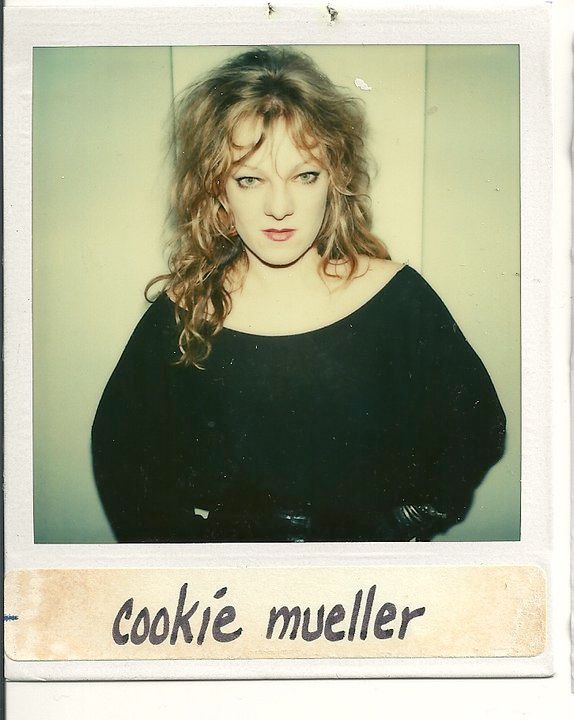
Yeah, her columns were totally diaristic, wonderful, very funny. The thing about Cookie was that she knew how to throw a good dose of mythology onto things. She was like a witchdoctor. Her health column, Ask Dr. Mueller, for the East Village Eye, would consist mostly of herbal cures for disastrous drug or sex incidents. In the words of Dennis Dermody, it was like “asking the Devil something about Jesus!”
What did her social circle look like? It seems from the book that everyone was very close.
Cookie had a kind of motherly way about her, which was rare in a scene like hers. She was very loving and tender. She had a way of creating a circle of friends around her. And mostly they were strong characters, so they didn’t always get along with each other. But she was someone who would diffuse a situation if a conflict came up, because she had a very light way of bringing dense situations or fractious people into laughter.
And in Baltimore, they were a group of friends who worked a lot together in John Waters films. They were very crazy personalities. They were definitely not easy characters, but they all interacted with one another very much like a family or a ‘tribe’ as Pat Moran called it. And they moved around together too, for premieres and also to Provincetown. They made a community for themselves.
In New York it was similar, only her social circle widened in comparison to Baltimore and Provincetown. Cookie’s apartment was a kind of salon; it was a meeting place for many people. She cultivated this bohemian atmosphere which enabled her to integrate the more exclusive or elite folk with the gritty downtown characters. She became known as “the cure for a bad party.”
What was a normal day like in Cookie’s life?
Mostly insane. She had this lucky/unlucky way of falling into strange situations and then finding a clever way out of them. She wrote a story describing a ‘typical’ day called Haight-Ashbury: San Francisco, 1967. It starts with her getting thrown out of bed at 10AM by an earthquake, taking a walk, running into the Manson family, capping LSD pills, and visiting Anton LaVey’s matte black Victorian house. Then she gets taken into the woods and ends up participating in a Satanic ritual where she has to stand in a the middle of a circle… Her stories, and her life, convey how anything at all can happen in a single day.
In your book Pat Moran describes John Waters’ Dreamlanders group saying “It was a whole different world in the United States at that time. There were two cultures: ours and theirs.” It seems that that truly alternative way of living isn’t possible any more.
Maybe it’s because we keep telling them about what ours is, so it’s no longer ours.
Is it necessary to keep it a secret or protect it then?
I don’t know if it’s about secrecy but I don’t think people rely on their intuition as much as they used to. There’s not as much of a sensibility around intuition anymore. People no longer have to navigate with their intuition, whether it’s through a city or a crowd or through music and culture. Or even just luck. They don’t have to happen upon the right thing they didn’t know they were looking for, which can lead them to some other unexpected place. It’s all online and on your phone or prepared for you. It’s too easy a thing to throw all the blame on the internet, but there is truth to that.
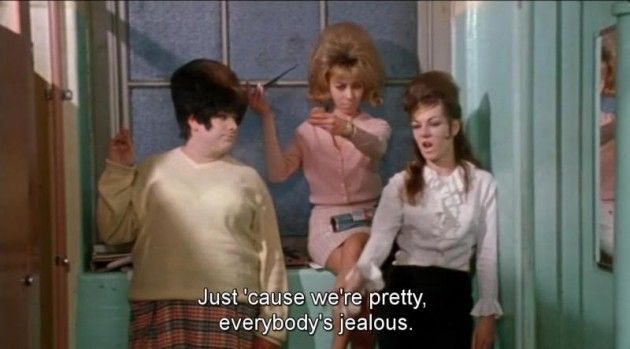
It creates a kind of false consensus.
There’s a great Cookie anecdote which ties into that in some way. I asked her friend Scott Covert if Cookie ever lent out her clothes to friends and he said no, never, because “she believed that your personality is your energy and your energy goes into whatever you have, so if you lend or borrow clothes, you get involved with other energies.” He felt that Cookie’s character was probably so strong because it was so much her own.
Maybe what’s happening online is there are so many opinions being thrown at you that your own energies, and consequently your personality, is getting diluted.
Cookie also wrote reviews as an art critic. What was her approach?
She had a way of reviewing that got directly to the source in a very un-pretentious and un-superficial way, regardless of whether or not it was up with the latest trends. She was really talented at guiding people in a way that was meaningful to them. But she was also wildly funny and unprofessional. For example she once reviewed an exhibition of paintings, without actually going to the show. She found out later, after the piece was published, that he was actually a sculptor! In her next column she just wrote she wanted to see if anyone was paying attention. As Carlo McCormick put it: “She was very well respected and understood her relevance… she spoke to all of us, for all of us.”
She helped Scott Covert as an artist as well. He does grave rubbings from all over the world. He’ll do a grave rubbing of Malcolm X’s grave and pair it with one of Gertrude Stein’s. His work didn’t necessarily mean something to the art world at the moment, but she did a review of his work for her column Art and About in Details magazine and encouraged him to continue. It wasn’t all about what was relevant to a particular current moment.
The current moment now only lasts a couple weeks.
Exactly. And things need more time to flourish. There’s a value gained from things taking a lot of time. The amount of time this book took allowed me to cultivate an honest and real relationship with what I was doing, rather than focusing on the final product. That’s why it’s difficult to answer the question about why I wanted to do this book. I had no idea for a long time, and it was the freedom not to know that actually enabled me to do it.
Was it an obsession?
Maybe yes, but in the way that just living your life should be an obsession. I wouldn’t say I was really a ‘Cookie fan’ beforehand, but I was inspired and fell in love with her through her writing and wanted to find out more. And because of the circumstances and the timing of meeting these people close to Cookie, like her son Max and Sharon and others, the way it all coincided, this all produced the essence of the ‘obsession’. The relationships that developed built the story.
Edgewise: A Picture of Cookie Mueller is published by b_books and is available to purchase now.
